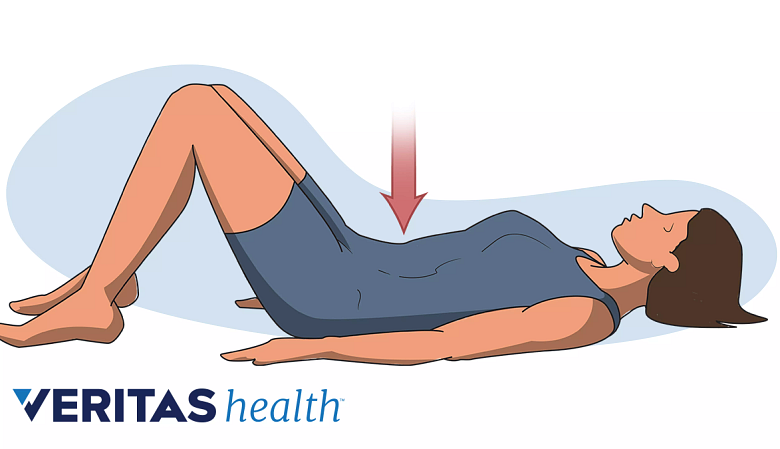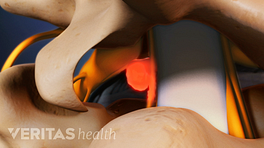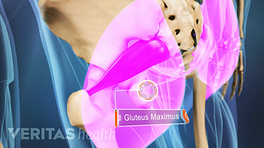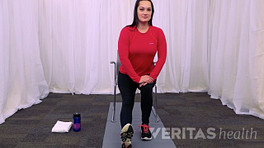Meeting with a physical therapist before and/or a few days after surgery is important so specific direction can be given on when to begin various types of exercise. Surgeons use many surgical techniques and approaches for fusion—for example:
- Access to the spine can be achieved through incisions in the front, the back, the sides, or some combination of approaches
- Minimally invasive techniques or traditional open surgical techniques may be used
Because of these variations, some exercises may not be appropriate for all patients. The surgeon's technique and the patient's individual diagnosis will influence what rehabilitation should be done.
See Spinal Fusion Surgery Recovery: 1 to 4 Weeks After
While the program will be different for each patient, here is a general guideline for post-operative spine fusion rehabilitation that should be customized for each patient.
In This Article:
- Rehabilitation Following Lumbar Fusion
- Guide to Physical Therapy After Spinal Fusion
- Physical Therapy after Spinal Fusion: Weeks 6 to 9
- Physical Therapy after Spinal Fusion: Weeks 9 to 12
Week 1: Start Rehabilitation and Exercise
A surgical team will typically advise a patient to take short walks and do gentle stretching during the first week after surgery. Patients should follow their surgical team's recommendations.
Day 1: Limit Exercise to Short Walks
The patient must move frequently beginning the first day after surgery. The patient should walk as often as the surgeon allows, to the point of minor aching, but stop if there is any sharp pain.
Most surgeons will encourage patients to get out of bed and walk the first day after surgery, and recommend walking frequently throughout the initial recovery period, increasing the amount and length of the walks as tolerated.
See Techniques for Effective Exercise Walking
Days 1-7: Start Stretching
For all stretches, patients should feel the stretch, but never to the point of pain, If a patient feels pain the stretch should be stopped.
Stretching the hamstrings and quads
Seated hamstring stretches promote flexibility and reduce muscle tightness in the low back and legs.
It is particularly important to stretch the hamstrings and quadriceps, as well as the middle back where the nerve root is located to prevent the formation of adhesions or scarring of the nerve. Stretching of muscles should be done slowly with 30-second holds, three repetitions, two sets per day. Example stretches:
- A seated hamstring stretch can be performed while sitting on the edge of chair. Straighten one leg in front with toes pointed up and knee straight. Push belly forward to move into stretch while keeping chest high.
Watch: Seated Chair Hamstring Stretch for Sciatica Relief Video
- The quadriceps flexion stretch is done while lying on the stomach, and bringing heel toward buttocks as far as possible.
Nerve stretches
Supine hamstring stretches aid in post-surgery lower back flexibility.
Nerve stretches (mobilization) should be done in a “pumping” fashion without long hold times and can be done every two hours.
- A nerve stretch is achieved by lying on the back with legs on the ground, and slowly lifting one leg until a stretch is felt in the back of the thigh and through the hip. While supporting the raised leg with hands behind the knee, pump the ankle while holding the knee still.
- Variation: An active hamstring stretch can be done from the same position. While lying on the back, bend both knees. Slowly straighten one leg and pushing the heel toward the ceiling until a stretch is felt. Alternate stretching each leg.
Watch: Supine Hamstring Stretch (Towel Hamstring Stretch) for Low Back Pain and Sciatica Relief Video
Weeks 1-9: Include Static Stabilization Exercises
These movements are described as "static" because they are done without moving the trunk. They should be completed by moving arms and legs while avoiding any rocking or arching of the lower trunk.
See Lower Back Stabilization Exercises for Back Pain
Examples of Stabilization Exercise Movements
Pelvic tilt exercises strengthen and stabilize the abdominal and lower back muscles.











